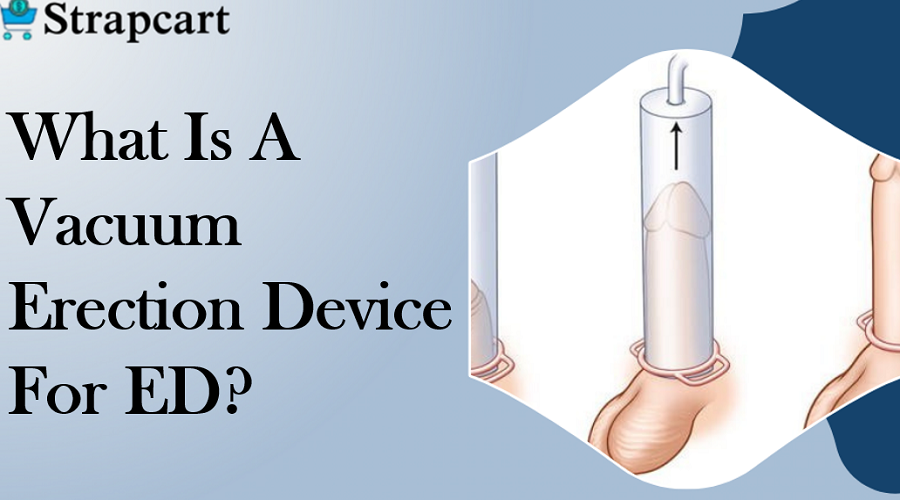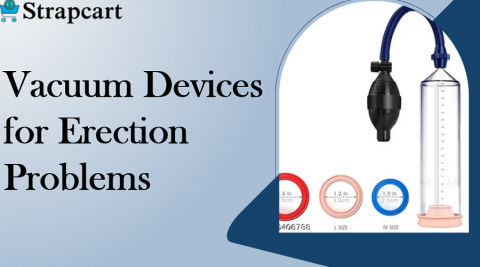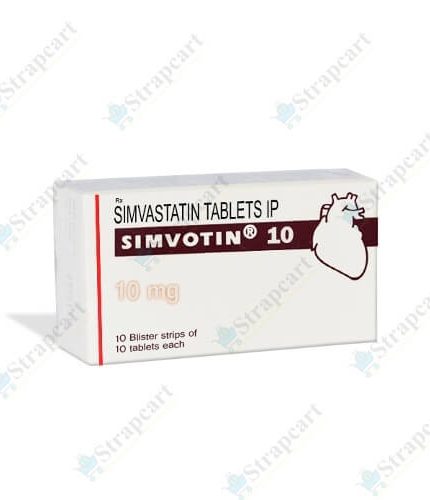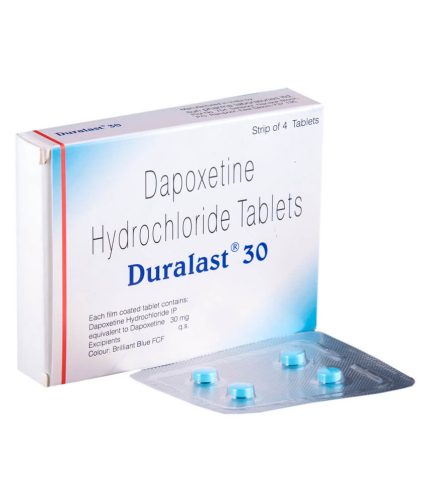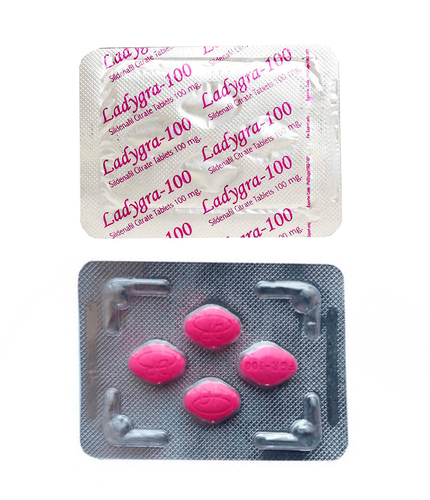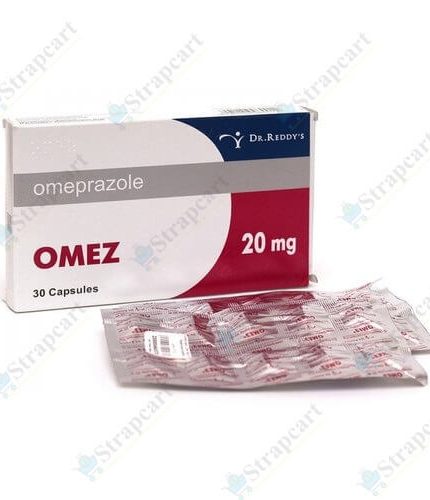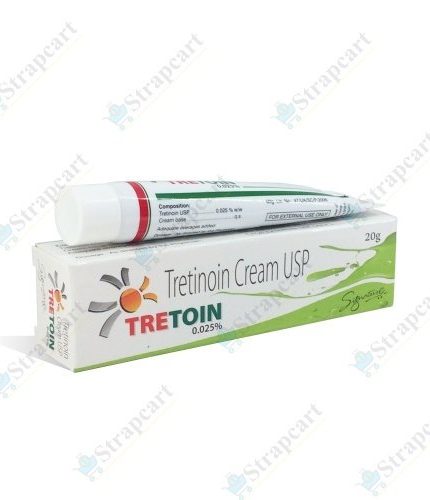Key Point
VED is one of the safest and least invasive treatments for erectile dysfunction (ED), among the many other options that include pills, injections, and penile implants. The only all-natural, drug-free treatment for erectile dysfunction that is more than 90% successful is vacuum erection device therapy. Patients with diabetes and high blood pressure can benefit from VED therapy as well, and it doesn’t have the negative effects of oral medications.
Benefits of VED therapy

Why Men Choose VED Therapy
Since blood pressure medications and nitrates may interact negatively with the most popular PDE5 inhibitors (Viagra, Cialis, etc.), many men opt for VED therapy. Others opted for VED therapy because, following prostate surgery, oral medications are ineffective due to damaged or shocked nerve endings in the prostate. To increase the potency of oral medications (Viagra, Cialis, etc.), some people combine their use of vacuum erection devices with them.
The popularity of vacuum erection devices can be attributed to their high success rate. In cases where the nerve damage is absent, 60–70% of the time oral medication works. About 50% of the time, MUSE® pellet suppositories work. Although the success rate for penis injections is 75%, they can cause pain and there is uncertainty about the right dosage. Conversely, VED therapy boasts a success rate exceeding 90%.
One exercise that can be used to prevent penis atrophy (muscle shrinkage) is vacuum therapy. During sleep, men usually experience three to five nocturnal erections. An individual with ED is unable to achieve these spontaneous erections. The penis may shrink as a result, both in length and circumference. By stretching the penis, vacuum therapy improves arterial blood flow to the penis, preserving its length and size.
Vacuum treatment is not without risk. Potential pain, bruising, numbness, or a feeling of coldness in the penis are a few of these risks. The tension band may irritate certain men and make it difficult for them to ejaculate.
Who Should Consider VED Therapy
Patients with ED brought on by a variety of conditions can safely use vacuum erection devices, including:

Note: Men who may have a serious congenital bleeding disorder or a condition that predisposes them to priapism (a prolonged, sometimes painful erection lasting over several hours) should not use vacuum erection devices. Some types of leukemia, sickle cell anemia, and other blood disorders are examples.
VED Therapy Following Prostate Surgery
Because they damage nerves, some medical procedures, such as radical prostatectomies, can result in transient impotence. Following surgery, between 40 and 85 percent of patients experienced ED for up to 18 months.
The 2007 Annual American Urological Association Conference released guidelines for the use of vacuum therapy devices in post-operative rehabilitation for men who have had prostate surgery to help manage ED after the procedure. The use of vacuum therapy devices to achieve erections multiple times a day and multiple times a week (for information on suggested therapy, please see your doctor) replicates the nocturnal (nighttime) spontaneous erections that used to occur but are no longer happening as a result of damage to the prostate region’s nerves. Naturally occurring nocturnal erections are the penis’s means of sustaining oxygen-rich blood flow and, consequently, the penis’ general health.
The use of vacuum erection devices has been shown in studies to reduce penis atrophy (muscle shrinkage), shorten recovery periods, and increase the number of successful erections. Be aware that after prostate surgery, some doctors will recommend a mix of oral medicine and VED therapy.
Penile Shrinkage
One of the most embarrassing consequences of a prostatectomy, aside from ED following prostate surgery, is the reduction in penis circumference and length. Men who have had prostate surgery frequently experience penile shrinkage, which usually gets worse with time. It has been demonstrated that VED therapy aids patients in maintaining their preoperative penis size.
In a clinical study, penis shrinkage affected 63% of patients who did not use a vacuum erection device following a prostatectomy, compared to only 23% of patients who regularly used a vacuum erection device. Men who regularly used a vacuum erection device after prostate surgery reported early sexual function, preservation of penile length, and high satisfaction rates, according to other clinical studies.

